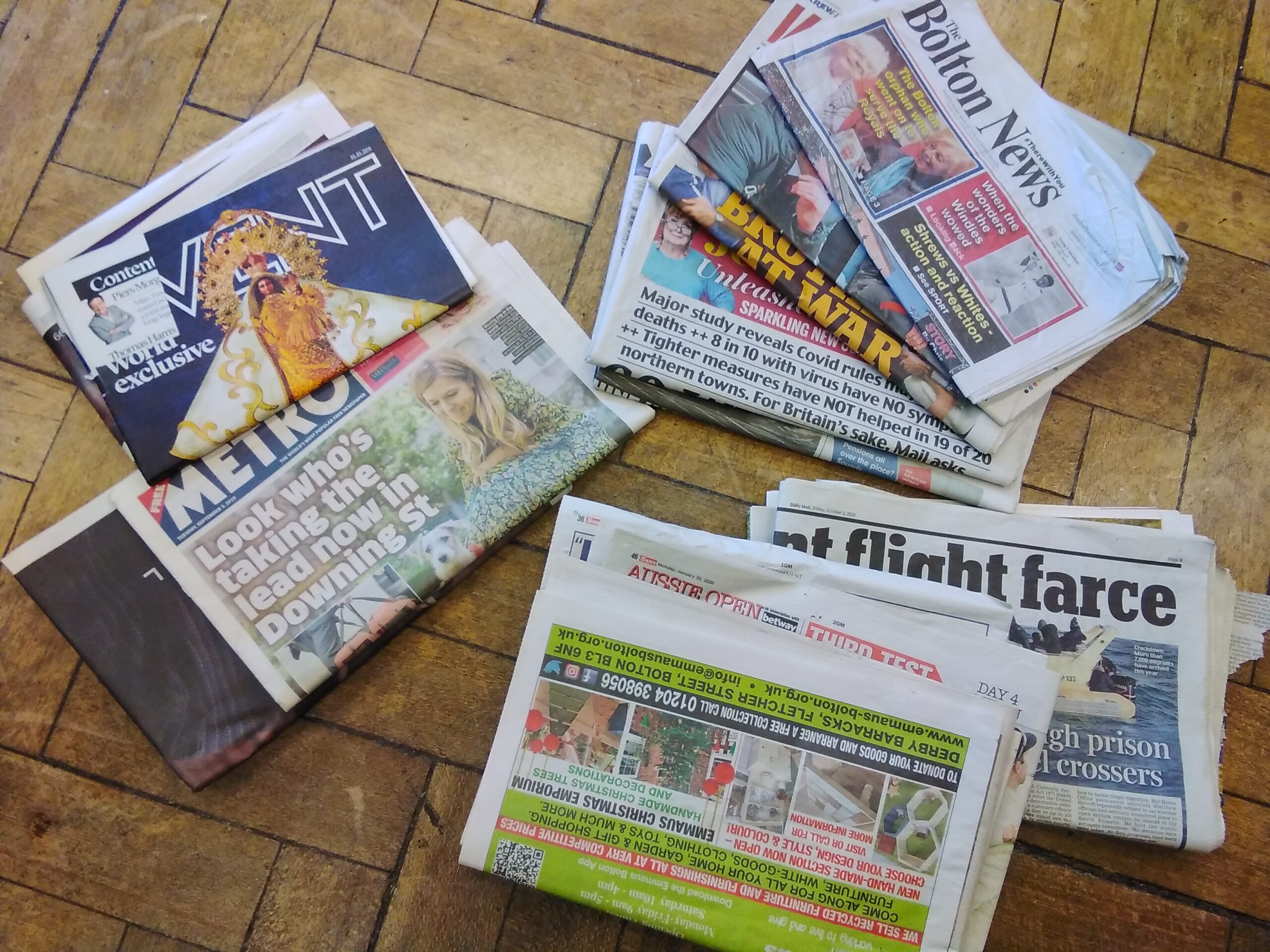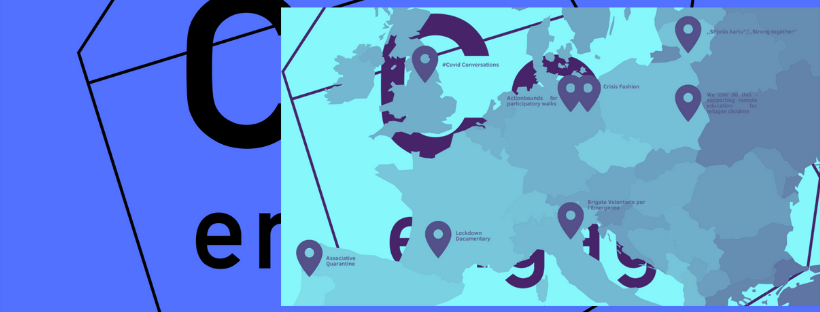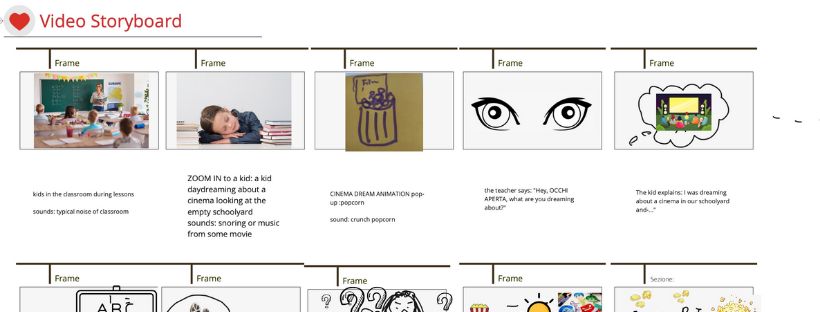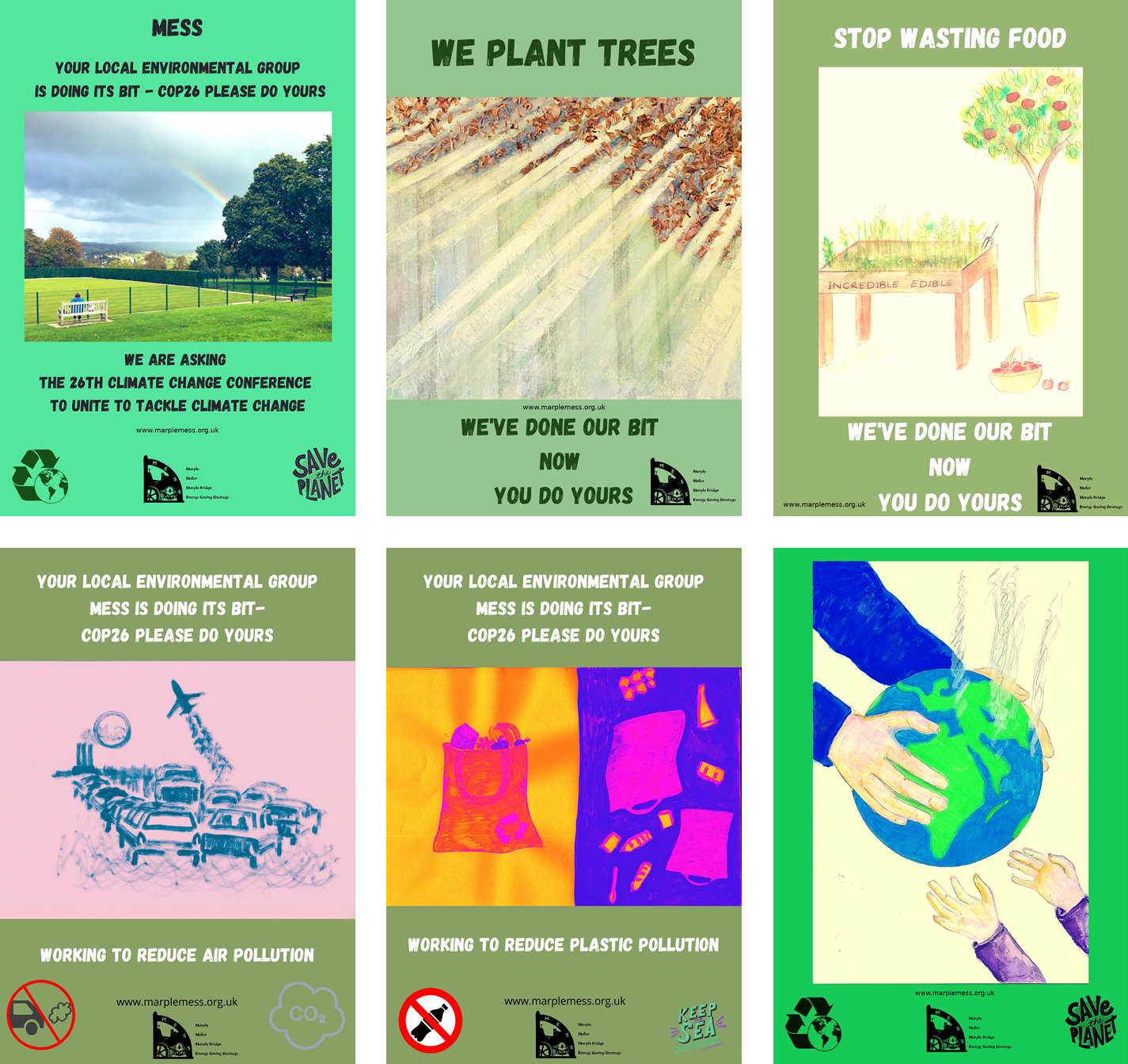CONTINUE Project: WP2 Chester Training
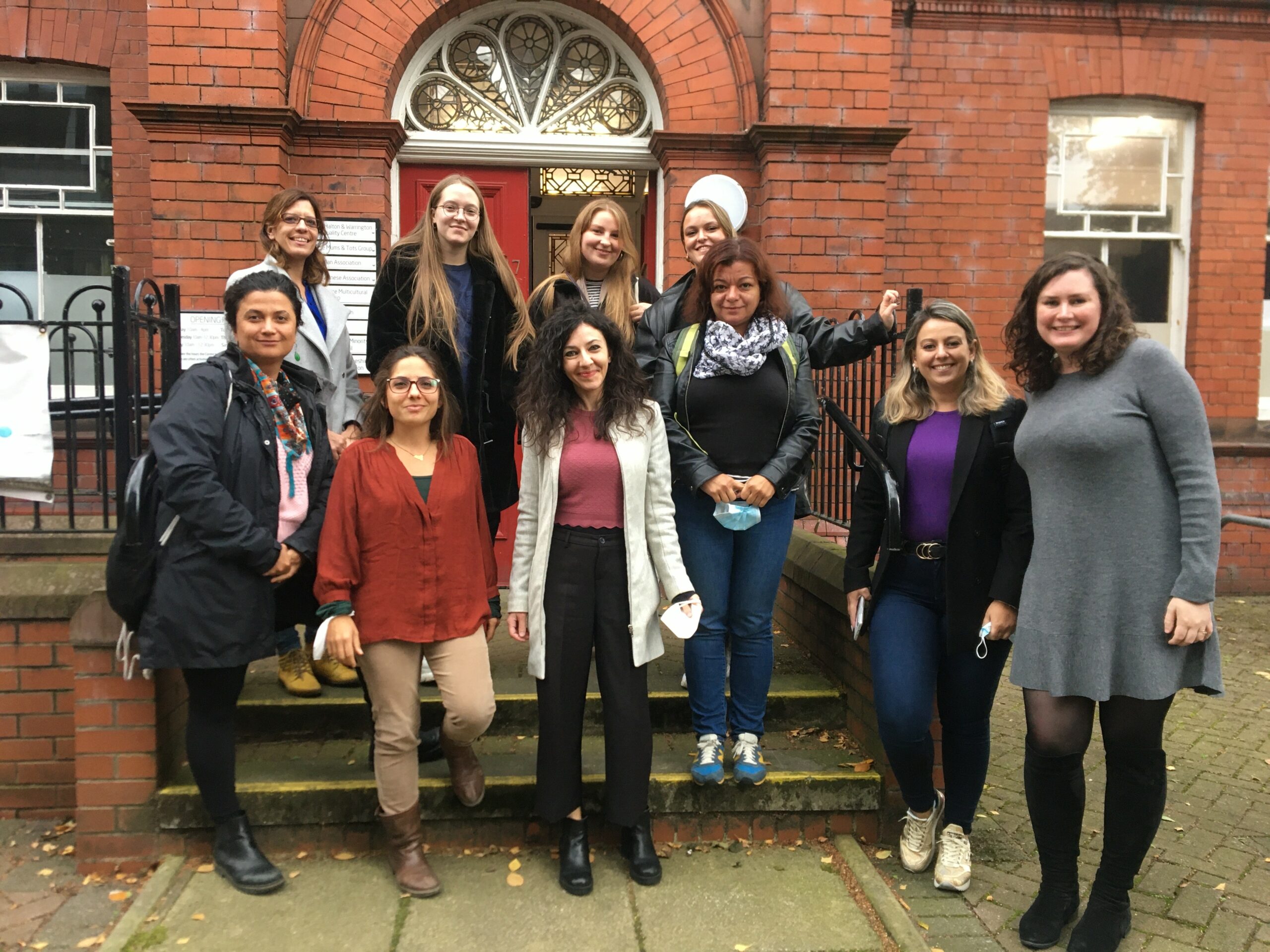
Back in October, PVM delivered a 2 day Community Reporter training workshop in Chester as part of the CONTINUE Erasmus+ Project.
Over the two days, project partners from across Europe and the UK learnt about story curation, how to facilitate sense making workshops with young people, the steps behind creating an insight report and the process of producing a Conversation of Change Event.
In the coming weeks partners will deliver a series of curation workshops with young people in their local communities. The aim of the workshops is to make sense of the stories that have been gathered earlier on in the project. Groups will work collectively to review stories exploring young people’s experiences of the pandemic, identifying the key themes, common experiences and anomalies.
After these curation workshops, an insight report will be written by each of the partners, highlighting the findings from the stories, helping to build a pan-European picture of young people’s experiences of the pandemic. The reports will then help to set the agenda for a a series of Conversation of Change Events in March 2022.
Stay tuned for updates on the CONTINUE project.
